
How to Choose the Best Large Shipping Bags: Key Features & Industry Insights
When it comes to logistics and packaging, the choice of large shipping bags is crucial for businesses looking to ensure their products reach customers safely and efficiently. According to a recent report by the Packaging Machinery Manufacturers Institute (PMMI), the demand for effective shipping solutions is expected to grow by 7% annually as e-commerce continues to rise, highlighting the importance of selecting the right materials for shipping needs.
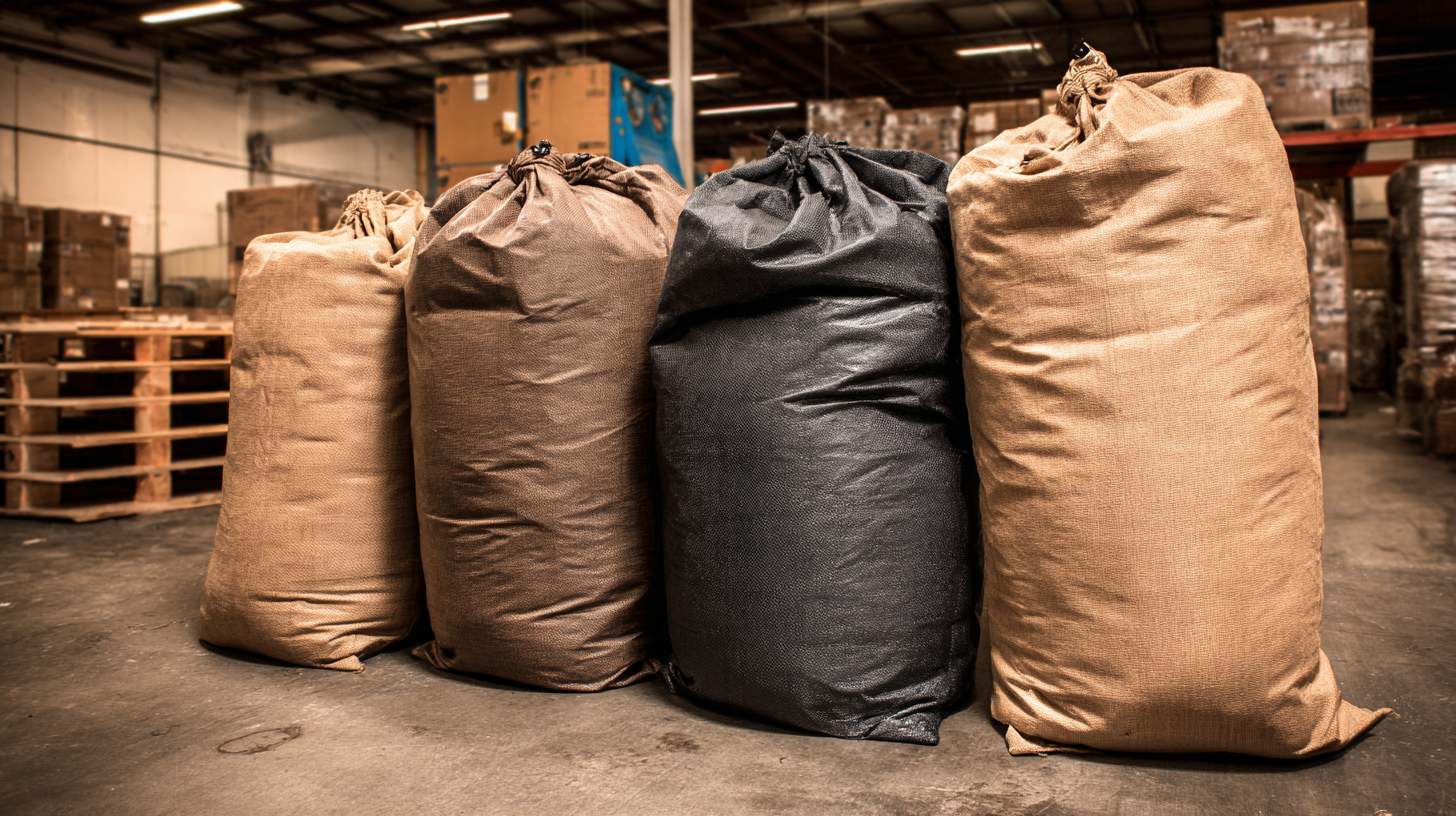 Large shipping bags, known for their versatility and durability, play a significant role in this evolving market, providing solutions for a variety of industries including retail, manufacturing, and food services.
Large shipping bags, known for their versatility and durability, play a significant role in this evolving market, providing solutions for a variety of industries including retail, manufacturing, and food services.
As organizations increasingly prioritize sustainability and cost-effectiveness, selecting large shipping bags with specific features becomes essential. The right bags can not only enhance brand perception but also reduce shipping costs and environmental impact. A study by Statista indicates that nearly 60% of consumers are more likely to buy from brands known for using eco-friendly packaging. Thus, understanding the key features, such as material strength, size options, and weather resistance, can help businesses make informed decisions that align with consumer expectations and industry trends. This guide aims to provide insights into selecting the best large shipping bags for your specific needs, ensuring that you stay ahead in this competitive landscape.
Understanding the Importance of Quality in Large Shipping Bags
When selecting large shipping bags, the importance of quality cannot be overstated. High-quality bags are essential for ensuring that items remain secure and protected during transit. Poorly constructed bags can easily tear or fail, leading to potential damage to the contents and increased costs for businesses due to lost items and returns. Therefore, investing in durable materials—such as heavy-duty polyethylene or multilayer options—significantly boosts the reliability of shipping operations.
Moreover, choosing the right large shipping bags also takes into account other critical factors such as moisture resistance, puncture resistance, and the ability to withstand various environmental conditions. These features contribute to preventing damage from external factors like weather and rough handling. Additionally, quality shipping bags often come with features like tamper-evident seals and custom sizing, which can further enhance the security and professionalism of the packaging, catering specifically to the needs of a business and ensuring customer satisfaction.
Analysis of Key Features in Large Shipping Bags
Key Characteristics to Look for in Large Shipping Bags
When selecting large shipping bags, there are several key characteristics to consider that can significantly impact their effectiveness and sustainability. First and foremost, the material of the bag plays a crucial role. High-quality materials, such as polyethylene or eco-friendly alternatives, provide durability and resistance to wear and tear. Look for bags that can withstand various elements, including moisture, which is essential for protecting contents during transit.
Another important feature is the sealing mechanism. Self-seal options often provide convenience and efficiency, reducing the need for additional tape while ensuring that items remain secure during shipping. Additionally, consider the size and capacity of the bag. A well-sized shipping bag can accommodate large items without compromising structural integrity, preventing potential breakage during handling. Lastly, eco-friendliness is becoming increasingly critical; opting for recyclable or biodegradable materials not only enhances your brand’s appeal but also contributes positively to environmental sustainability.
How to Choose the Best Large Shipping Bags: Key Features & Industry Insights
| Feature | Description | Importance |
|---|---|---|
| Material Strength | The durability of the material used to ensure it can hold weight without tearing. | High |
| Water Resistance | Ability to protect contents from moisture and water during transit. | Medium |
| Size Options | Variety of sizes available to accommodate different shipping needs. | High |
| Sealing Mechanism | Type of seal (self-seal, tape closure, etc.) that secures the contents inside. | High |
| Eco-Friendliness | Material that is recyclable or biodegradable to minimize environmental impact. | Medium |
| Customizability | Options for branding or personalizing the bags for individual shipping needs. | Low |
| Cost | Overall pricing compared to the quality and features of the bags. | High |
Industry Trends Influencing the Choice of Shipping Bags
When selecting large shipping bags, understanding the industry trends is crucial. With the rise of e-commerce, businesses are facing a greater demand for sustainable shipping solutions. Consumers increasingly prefer eco-friendly materials, prompting companies to shift towards biodegradable and recyclable options. As a result, choosing shipping bags made from sustainable materials not only meets customer expectations but also reflects a commitment to environmental responsibility.
Tips: When evaluating options, consider the material's durability and weight capacity. Lightweight yet strong materials can minimize shipping costs while ensuring that packages remain intact during transit. Additionally, look for options that offer customizable sizes to accommodate various products, enhancing versatility in shipping.
Another trend influencing the choice of shipping bags is technological advancements. Innovations such as tamper-evident seals and packing applications can enhance security and streamline the shipping process. This trend emphasizes the importance of selecting bags that not only protect products during transit but also enhance operational efficiency.
Tips: Invest in shipping bags that are compatible with automated packing systems, which can save time and reduce labor costs in high-volume shipping scenarios.

Comparative Analysis: Materials Used in Large Shipping Bags
When selecting large shipping bags, understanding the materials used is crucial for ensuring durability and reliability during transit. Various materials, such as polyethylene, polypropylene, and biodegradable options, offer distinct advantages tailored to specific shipping needs. For instance, polyethylene bags are known for their moisture resistance, making them ideal for items sensitive to water damage, while polypropylene bags provide a higher tensile strength, suitable for heavy or bulky shipments. Additionally, eco-friendly materials are gaining traction as materials that align with sustainability initiatives, presenting a compelling choice for environmentally conscious companies.
Recent studies have highlighted the vulnerabilities of certain fabrics to mold and fungal growth during shipping. This comparative analysis sheds light on the fabrics that are more susceptible under various conditions, enabling manufacturers to make informed decisions regarding their packaging choices. By selecting materials that can withstand environmental stressors during transport, businesses can significantly reduce the risk of product damage, enhance customer satisfaction, and ensure compliance with shipping regulations. Understanding the specifics of these materials plays a pivotal role in the selection process, ultimately leading to more efficient shipping operations.
Cost vs. Value: Making Informed Decisions for Shipping Needs
When selecting large shipping bags, understanding the balance between cost and value is crucial for informed decision-making. Cost often refers to the upfront expense of purchasing these bags, which can vary significantly based on material, size, and brand. However, focusing solely on low prices may lead to sacrificing quality, which can ultimately affect the integrity of the shipments. Investing a little more in high-quality bags can prevent damage during transit, reduce returns, and enhance customer satisfaction.
Value, on the other hand, encompasses the longevity, durability, and overall effectiveness of a shipping bag. A more robust bag may come with a higher price tag but could save costs in the long run by minimizing losses due to product damage. Additionally, features like waterproof materials and reinforced seams not only influence the reliability of the shipping process but also reflect positively on your brand's commitment to quality. Carefully evaluating these aspects will empower businesses to make choices that align with their shipping needs and financial goals, ensuring both economical and valuable solutions.
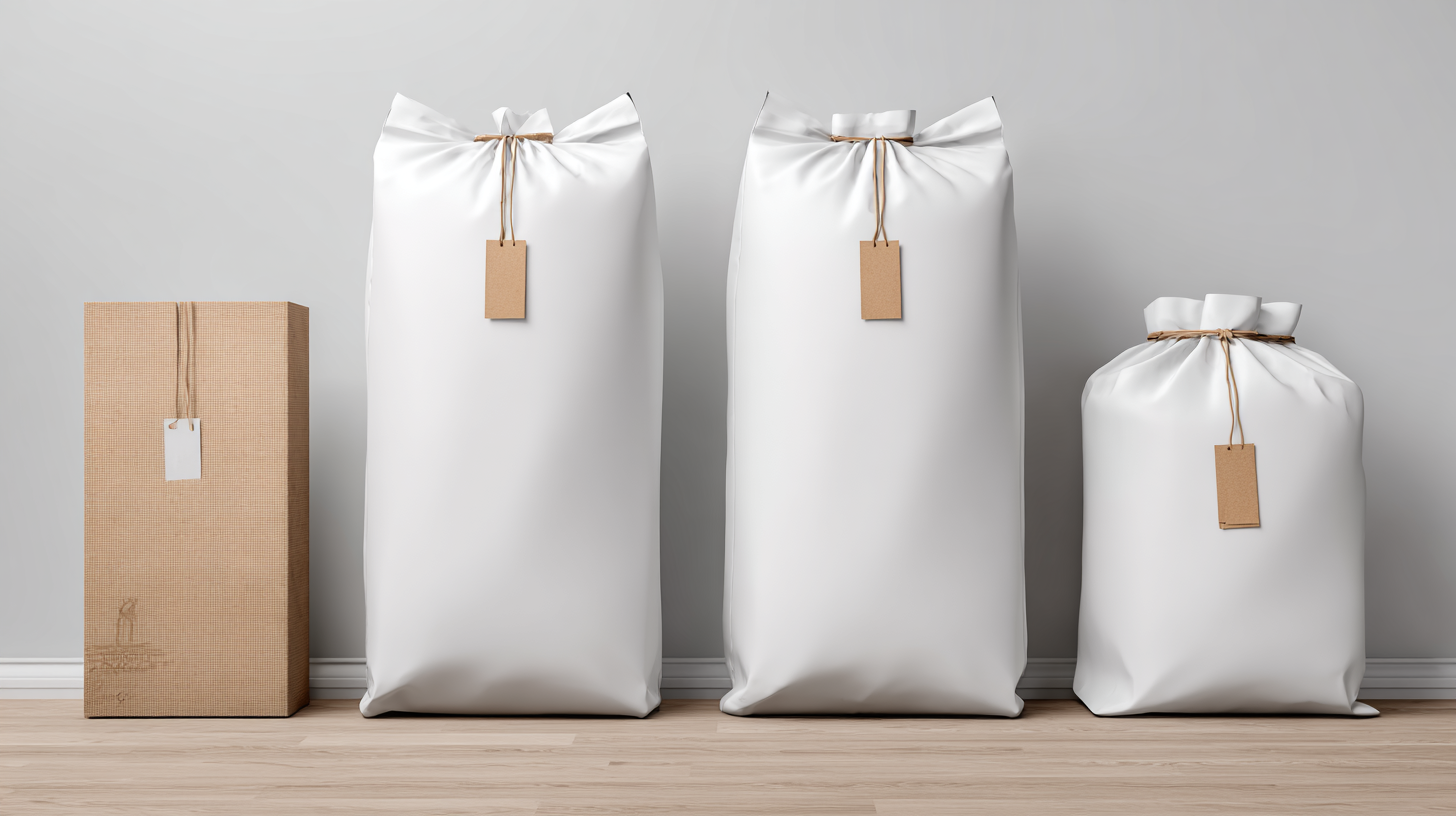
Related Posts
-
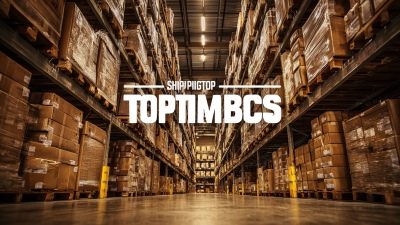
How to Identify Top Manufacturers for the Best Shipping Bags: Insights and Key Metrics
-
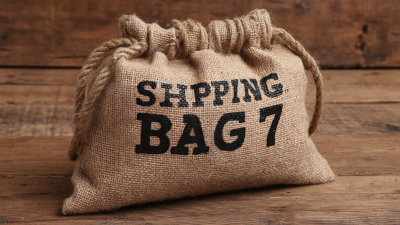
7 Reasons Why Best Shipping Bag is the Ultimate Choice for Global Buyers
-
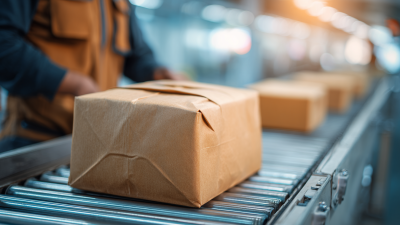
7 Top Reasons Why Best Shipping Bag Solutions Enhance Your Supply Chain
-

Global Leaders in Apparel Shipping Bags Made in China Exporting Excellence to the World
-
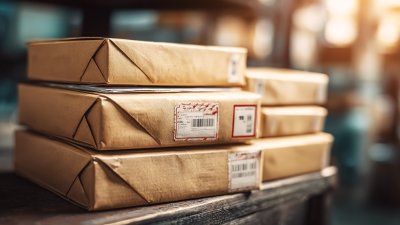
How to Choose the Right Shipping Envelopes for Your Business Growth and Cost Efficiency
-
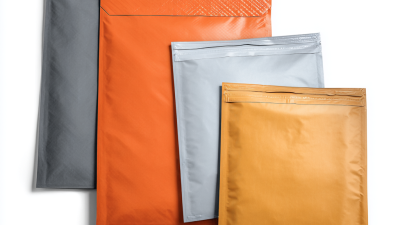
Emerging Trends in Best Large Poly Mailers for 2025 Industry Innovations



